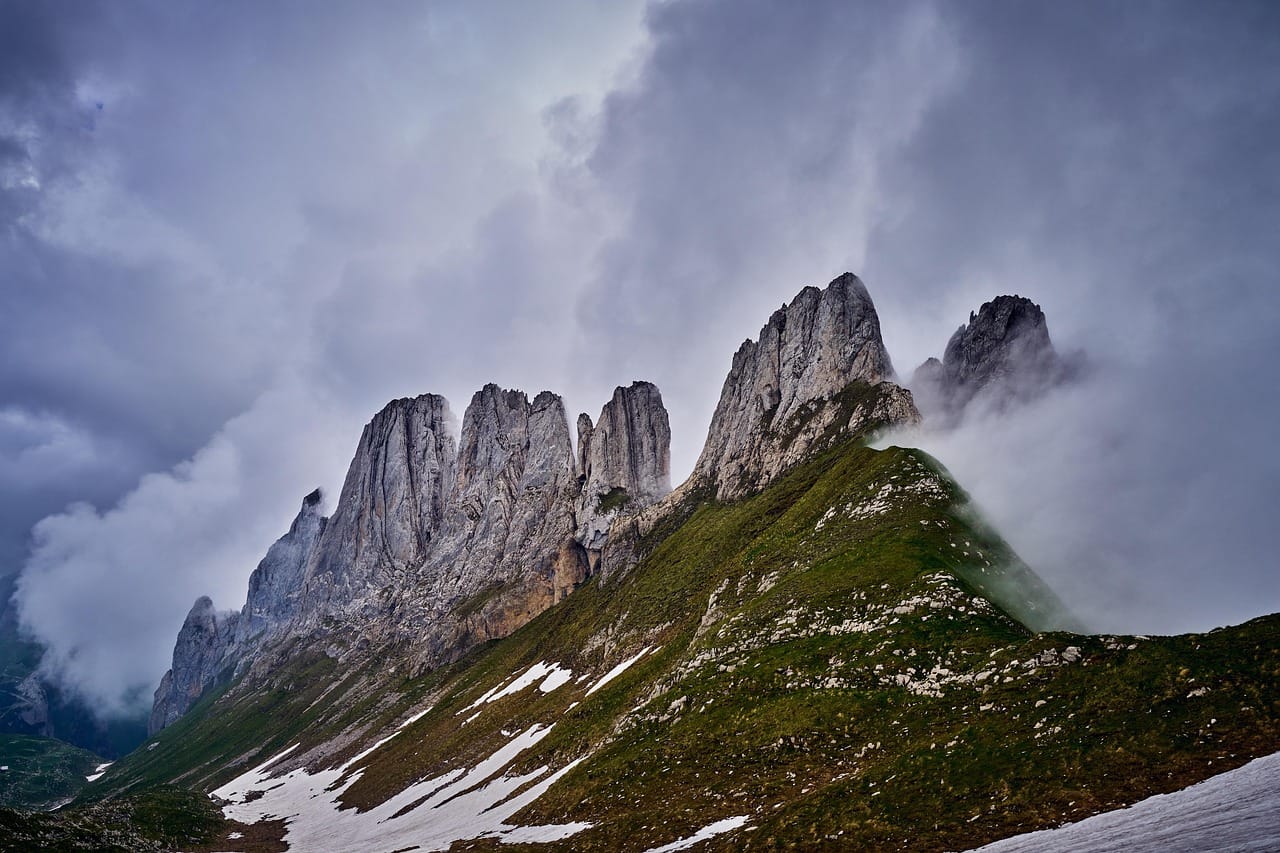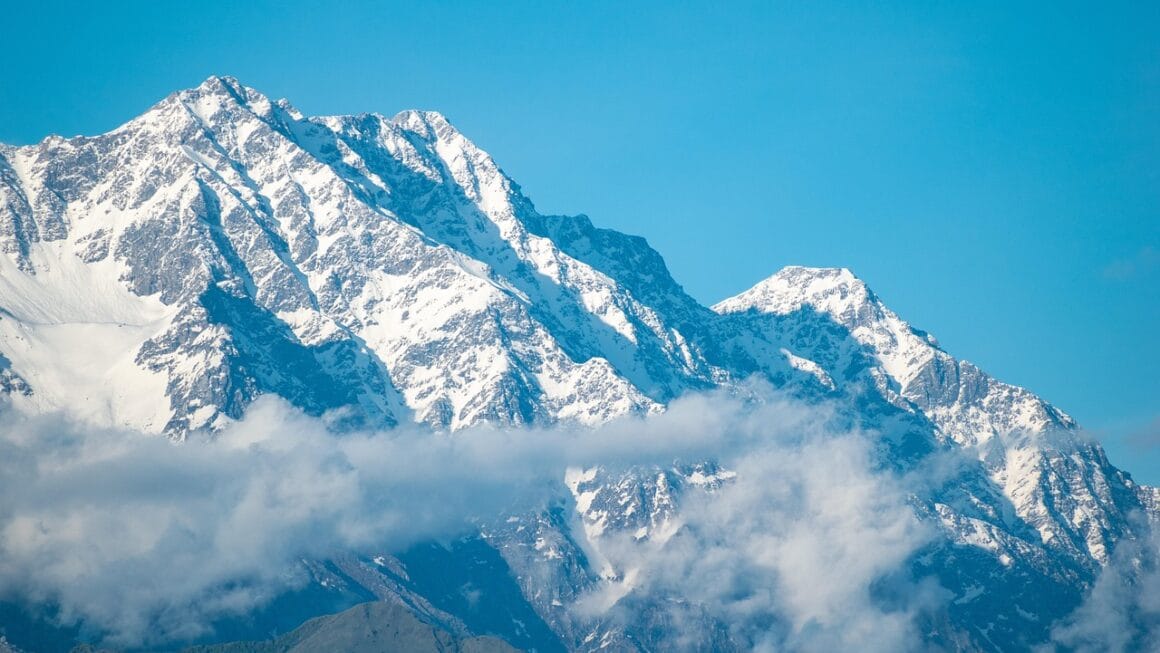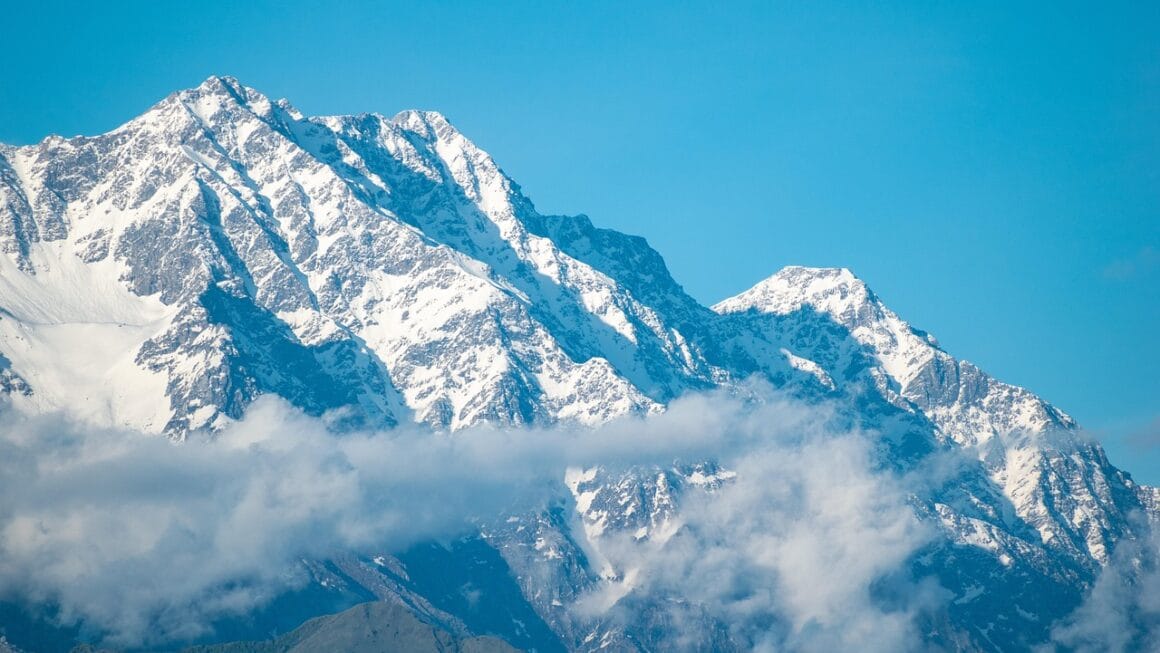Climbing expeditions represent the ultimate test of human endurance, skill, and teamwork. They are journeys into some of the most extreme environments on Earth, pushing climbers to their physical and mental limits. Whether it’s scaling the towering peaks of the Himalayas, navigating icy crevasses in the Andes, or tackling challenging rock faces in Yosemite, these expeditions offer unparalleled adventure and a profound connection with nature. This guide will provide a comprehensive overview of what climbing expeditions entail, from planning and preparation to execution and safety.
What is a Climbing Expedition?
Defining a Climbing Expedition
A climbing expedition is more than just a hike; it’s a complex and often lengthy undertaking aimed at reaching a specific mountaineering objective. This typically involves ascending a mountain or completing a challenging climb, often in remote and high-altitude environments. These expeditions can last from a few days to several months, requiring meticulous planning and significant resources.
- Requires advanced climbing skills and experience.
- Involves logistical planning for permits, transportation, and supplies.
- Demands a high level of physical and mental fitness.
- Necessitates a deep understanding of mountain environments and hazards.
Types of Climbing Expeditions
Climbing expeditions vary significantly based on the terrain, altitude, and climbing style. Here are a few common types:
- Alpine Style: Climbers carry all their gear, including food, tents, and climbing equipment, and move quickly without relying on fixed ropes or pre-established camps. This style emphasizes self-reliance and speed.
Example: A fast ascent of a 6,000-meter peak in the Himalayas.
- Expedition Style: Involves establishing a series of base camps and advanced base camps, using fixed ropes, and gradually acclimatizing to the altitude. This is often used for higher peaks, such as those above 8,000 meters.
Example: Ascending Mount Everest using Sherpa support to establish camps and fix ropes.
- Rock Climbing Expeditions: Focus on climbing large rock formations, often involving multiple days on a single route.
Example: Free climbing El Capitan in Yosemite National Park.
- Ice Climbing Expeditions: Involve ascending frozen waterfalls or ice formations, requiring specialized equipment and techniques.
Example: Climbing frozen waterfalls in Ouray, Colorado.
Planning Your Climbing Expedition
Setting Realistic Goals
Choosing the right objective is crucial for a successful and safe expedition. Consider your skill level, experience, and physical capabilities. Starting with a more manageable objective can build confidence and prepare you for more challenging climbs in the future.
- Assess your skills: Honestly evaluate your climbing abilities, including rock climbing, ice climbing, and mountaineering experience.
- Research the climb: Understand the difficulty, technical requirements, and potential hazards of the intended route.
- Consider your fitness: Ensure you are in excellent physical condition, with a focus on strength, endurance, and cardiovascular fitness.
Logistics and Permits
Expeditions require significant logistical planning, including securing necessary permits, arranging transportation, and sourcing supplies. This process can be complex and time-consuming.
- Permits: Many climbing areas require permits, especially in national parks and protected areas.
* Example: Climbing Mount Everest requires permits from the Nepalese or Chinese government, costing tens of thousands of dollars.
- Transportation: Arranging transportation to and from the climbing area, including flights, ground transportation, and porters or pack animals, can be challenging.
- Supplies: Sourcing and transporting food, fuel, climbing equipment, and medical supplies are essential for a successful expedition.
- Insurance: Comprehensive travel and medical insurance that covers high-altitude climbing and emergency evacuation is mandatory.
Team Selection and Communication
A strong and cohesive team is essential for a successful and safe expedition. Choose team members carefully, considering their skills, experience, and personality. Effective communication is also crucial.
- Skills: Ensure team members have the necessary climbing skills and experience for the intended route.
- Experience: Look for experienced climbers who have previously participated in similar expeditions.
- Personality: Choose team members who are compatible and can work well together under pressure.
- Communication: Establish clear communication protocols, including radio frequencies and emergency signals.
Essential Gear and Equipment
Climbing Gear
Having the right climbing gear is critical for safety and success. This includes ropes, harnesses, helmets, ice axes, crampons, and other specialized equipment.
- Ropes: Dynamic ropes for lead climbing and static ropes for fixed lines.
- Harness: A comfortable and adjustable harness with gear loops.
- Helmet: A lightweight and durable climbing helmet.
- Ice Axe: An ice axe suitable for mountaineering or ice climbing.
- Crampons: Crampons that fit your boots and provide secure traction on ice and snow.
- Belay Devices: ATC or similar belay devices for controlling ropes.
Camping and Survival Gear
Spending days or weeks in the mountains requires adequate camping and survival gear. This includes tents, sleeping bags, cooking equipment, and navigation tools.
- Tent: A four-season tent designed to withstand strong winds and heavy snow.
- Sleeping Bag: A sleeping bag rated for the expected temperatures.
- Cooking Equipment: A lightweight stove and cooking pot for preparing meals.
- Navigation: Maps, compass, GPS, and altimeter for navigating in the mountains.
- First Aid Kit: A comprehensive first aid kit with medications for altitude sickness and other common ailments.
Clothing and Personal Items
Appropriate clothing is essential for staying warm and dry in the mountains. Layers are key, allowing you to adjust to changing conditions.
- Base Layers: Moisture-wicking base layers to keep you dry.
- Insulating Layers: Fleece or down jackets for warmth.
- Outer Layers: Waterproof and windproof jacket and pants.
- Gloves: Multiple pairs of gloves, including liner gloves, warm gloves, and waterproof over-mitts.
- Boots: Sturdy mountaineering boots with good ankle support.
- Sunglasses and Sunscreen: Essential for protecting your eyes and skin from the intense sun at high altitude.
Safety and Risk Management
Assessing Risks
Climbing expeditions involve inherent risks, including falls, avalanches, altitude sickness, and weather hazards. Identifying and mitigating these risks is crucial for safety.
- Avalanches: Understanding avalanche terrain and recognizing signs of avalanche danger.
- Falls: Using proper climbing techniques and safety equipment to minimize the risk of falls.
- Altitude Sickness: Gradual acclimatization and monitoring for symptoms of altitude sickness.
- Weather: Monitoring weather forecasts and being prepared for sudden changes in conditions.
- Crevasses: Awareness of hidden dangers when glacier travelling, and using proper roping techniques
Medical Considerations
High-altitude environments can pose significant medical challenges. Acclimatization, hydration, and prompt treatment of medical issues are essential.
- Acclimatization: Gradually ascending to allow your body to adjust to the altitude.
- Hydration: Drinking plenty of fluids to prevent dehydration.
- Altitude Sickness: Recognizing and treating symptoms of altitude sickness, such as headache, nausea, and fatigue.
- Medical Kit: Carrying a comprehensive medical kit with medications for altitude sickness, pain relief, and other common ailments.
- Communication: Having a plan for contacting emergency services in case of a serious medical issue.
Emergency Procedures
Having a well-defined emergency plan is crucial for responding to accidents or other emergencies. This includes communication protocols, evacuation plans, and search and rescue procedures.
- Communication: Establishing clear communication protocols with base camp and emergency services.
- Evacuation: Developing a plan for evacuating injured or ill team members.
- Search and Rescue: Coordinating with local search and rescue organizations in case of a missing or injured climber.
- Training: Ensuring all team members are trained in basic first aid and rescue techniques.
Ethical Considerations and Environmental Impact
Leave No Trace Principles
Minimizing environmental impact is essential for preserving the beauty and integrity of mountain environments. Adhering to Leave No Trace principles is crucial.
- Pack it in, pack it out: Carry out all trash and waste.
- Minimize campfire impacts: Use a stove for cooking and avoid building campfires.
- Respect wildlife: Observe wildlife from a distance and avoid feeding animals.
- Leave what you find: Avoid disturbing natural features or historical artifacts.
- Be considerate of other visitors: Respect other climbers and hikers.
Supporting Local Communities
Engaging with and supporting local communities can have a positive impact on the local economy and culture.
- Hire local guides and porters: Support local businesses and provide employment opportunities.
- Purchase supplies locally: Buy food and equipment from local vendors.
- Respect local customs and traditions: Learn about and respect the customs and traditions of local communities.
- Contribute to local conservation efforts: Support organizations working to protect mountain environments.
Conclusion
Climbing expeditions are demanding but rewarding experiences. Proper planning, preparation, and a commitment to safety and ethical practices are essential for success. By understanding the challenges and risks involved, and by taking the necessary precautions, you can embark on a memorable and fulfilling climbing adventure. Remember to always respect the mountains and the communities that call them home.




